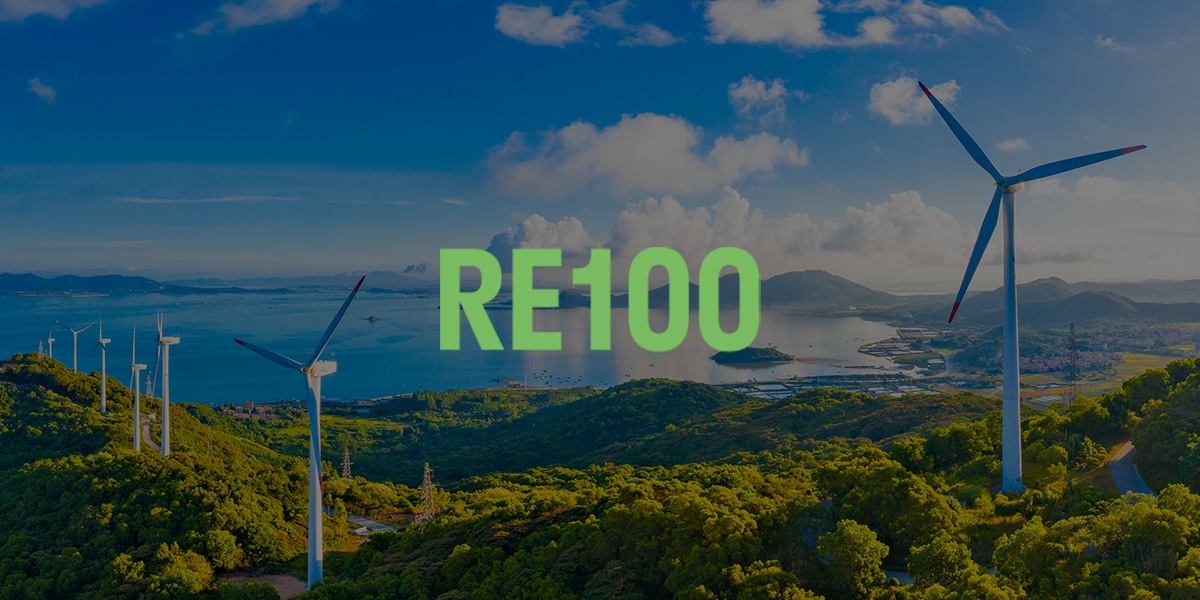
Recent revisions to the RE100 technical criteria, published October 24, 2022, present new opportunities for current and prospective corporate members to align renewable electricity procurement with global grid decarbonization. To help members respond effectively, we’ve outlined the major changes, why they were made, and how to address remaining procurement limitations.
HELPING CORPORATIONS ACHIEVE 100% RENEWABLE ELECTRICITY USAGE
To support global grid decarbonization, the RE100 initiative brings together more than 370 companies committed to achieving 100% renewable electricity across their global operations. Led by Climate Group, in partnership with CDP, RE100’s mission is to drive change toward 100% renewable grids, both through members’ direct investments and by leveraging the advocacy of businesses to drive policymakers to accelerate the transition to a decarbonized economy. To ensure the credibility of its initiative, RE100 requires members to set an ambitious RE100 target to achieve 100% renewable electricity by 2040—with specific criteria for doing so—and to report annually on progress toward their goal.
RE100 provides a platform for corporations to demonstrate leadership and commitment to renewable electricity procurement as well as insight into remaining policy and market barriers. Based on member feedback from a growing number of geographies, RE100 periodically evolves its technical criteria to drive progress globally.
UPDATES TO RE100 TECHNICAL CRITERIA
In its October 2022 technical criteria update, RE100 announced two changes designed to meet the needs of the growing market and encourage more impactful procurement actions from all members: market boundary alignment and a 15-year commissioning date. RE100 member procurements will be assessed against these updated requirements for the first reporting period that begins on or after January 1, 2024; for companies reporting on a calendar year basis, this will be the 2025 disclosure cycle.
Aligning EU Market Boundary Criteria
RE100’s updated technical criteria revised the single market boundary in Europe to Association of Issuing Bodies (AIB) member countries that are grid-connected and part of the EU single market, thereby aligning with CDP’s market boundary provisions. Exceptions are made for jurisdictions that import most of their electricity from countries meeting these criteria, such as Andorra, Monaco, and Vatican City. All other European countries now represent individual markets for renewable electricity. Legacy exemptions are allowed for contracts with operational commencement dates before January 1, 2024.
This update has several benefits. Importantly, the revision introduces a principle-based approach to defining market boundaries that can be applied globally: markets must have shared regulation and accounting as well as physical grid interconnectedness. The revision also ensures that a single certificate system (EECS) and a single governing body (AIB) are assessing certificate systems in Europe. This change is expected to encourage more countries to join the system.
For companies reporting to both RE100 and CDP, this update aligns reporting guidance to eliminate conflicting market boundary definitions. For others, this market boundary change may introduce a new restriction: RE100 reporting from 2022 indicates that at least 46 companies procured renewable electricity that would no longer be eligible under these updated rules.
15-year Limit on Commissioning and Repowering Dates
RE100 also introduced a 15-year commissioning and repowering date limit on the facilities members may procure from to meet 85% of their RE100 targets. This requirement does not apply to self-generation, on-site power purchase agreements (PPAs), or those from which there is a direct line connection or long-term project-specific contracts for which the buyer is the original offtaker. Contracts with operational commencement before January 1, 2024, are also exempt. RE100 members will be required to disclose commissioning or repowering dates beginning in the 2023 disclosure cycle.
This change aligns RE100’s technical criteria with the initiative’s mandate to accelerate progress toward zero-carbon grids. While certain exceptions are included to accommodate long-term commitments, data accessibility concerns, and unique procurement goals, this update encourages members to demonstrate leadership by investing in projects that drive new renewable electricity.
ADDRESSING REMAINING MARKET BARRIERS
For some RE100 members, these changes do not address the significant policy and market barriers that still exist in certain countries and regions. RE100’s 2021 Annual Disclosure Report highlighted some of the most significant barriers corporations face. These include lack of credible procurement options and limited renewable electricity supply.
In addition to publicizing procurement barriers in its annual report, RE100 brings together geography-specific working groups to inform policy engagement. It also continues to study opportunities for credible cross-market procurement. The June 2022 technical criteria consultation initially proposed criteria for credible cross-market procurement, but RE100 chose not to move forward with this revision. After extensive consultation, it found that no credible cross-border procurement options currently exist, and that introducing strict criteria now would potentially limit development of such options.
When a lack of credible procurement options results in a company’s inability to meet its target, RE100 instructs companies take complementary actions in line with the campaign’s overall goal of accelerating the transition to zero-carbon grids. These include:
- Transparently report on barriers to procurement. Transparent reporting helps RE100, policymakers and regulators, corporations, and other key stakeholders understand where market and policy limitations exist and helps enable collaborative discussions to drive solutions. If a company is unable to reach its target because the criteria for a credible renewable electricity claim cannot be met in a market, this represents a true lack of opportunities to contribute to grid decarbonization. Often, these jurisdictions require policy action to address non-financial barriers before supply-demand dynamics can drive renewable energy development. Shining a light on these market realities presents an opportunity for businesses to increase their impact and use their influence in combination with other organizations to advocate for market change.
“Members’ announcements should transparently acknowledge if RE100’s technical criteria were not met, and ideally where they were not met. This is not to penalize members: it is essential for amplifying calls for urgent policy change where RE100’s technical criteria cannot be met.”
—“How RE100 members are held to account”
- Engage in policy advocacy work, either through RE100’s focus areas or through other trade associations. Policymakers and regulators must understand the market and policy barriers companies face when trying to procure renewables in their country and why addressing those challenges is important to businesses. Sharing individual stories and challenges is critical, but there is often value in combining voices to show demand and drive action. Companies can participate in RE100’s policy work or advocacy efforts to engage with relevant stakeholders and propose market solutions.
- Increase the impact of procurements in markets with increased options. Companies can also communicate how they are demonstrating leadership in other areas. For example, in markets where procurement is more accessible, companies can focus on high-impact procurement methods—such as procurement from new projects through long-term, direct, or project-specific contracts—or showcase innovative procurement strategies.
All current and prospective members should remember that RE100’s goal is to encourage renewable electricity adoption and support. That’s why it requires transparent reporting but does not emphasize penalties. The latest technical criteria changes should be seen as part of a larger effort to advance corporations’ adoption of renewable resources.
If you have any questions on the changes to the RE100 technical criteria or the initiative in general, please reach out.


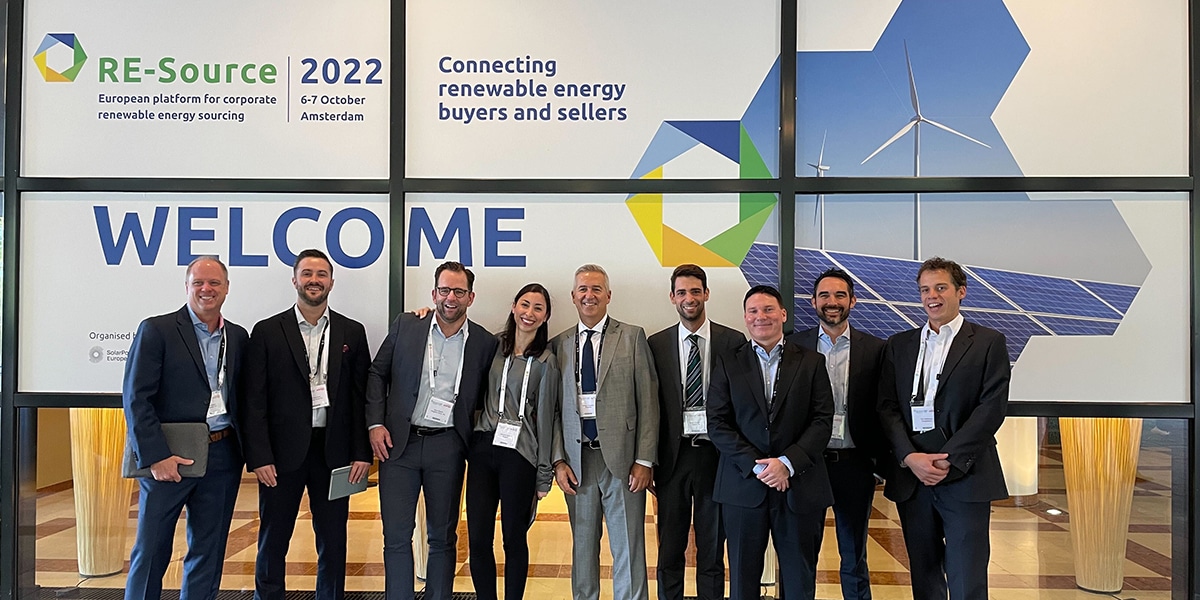

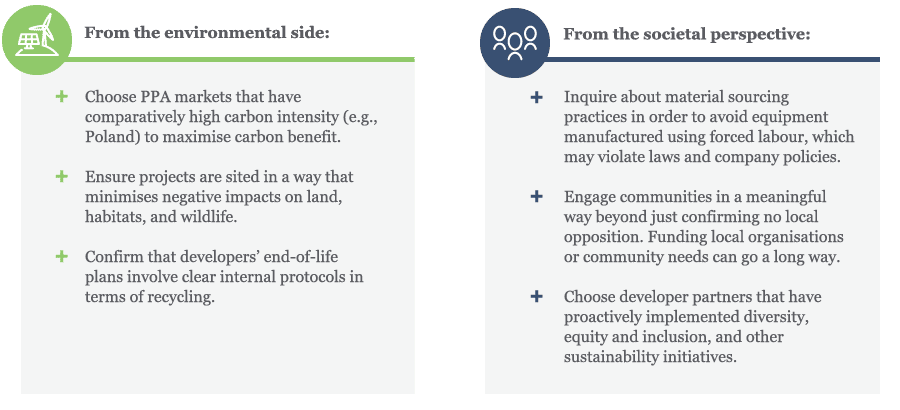
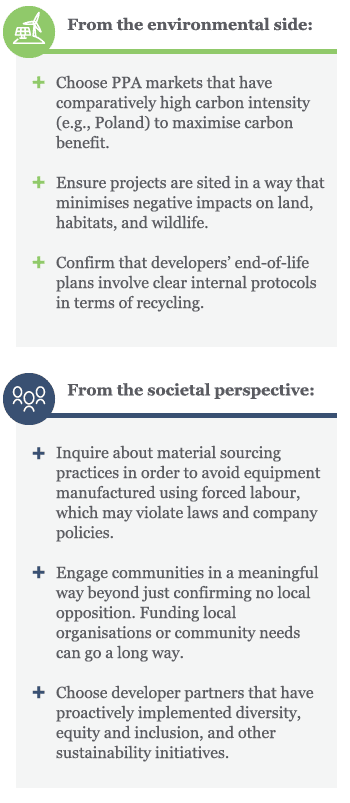

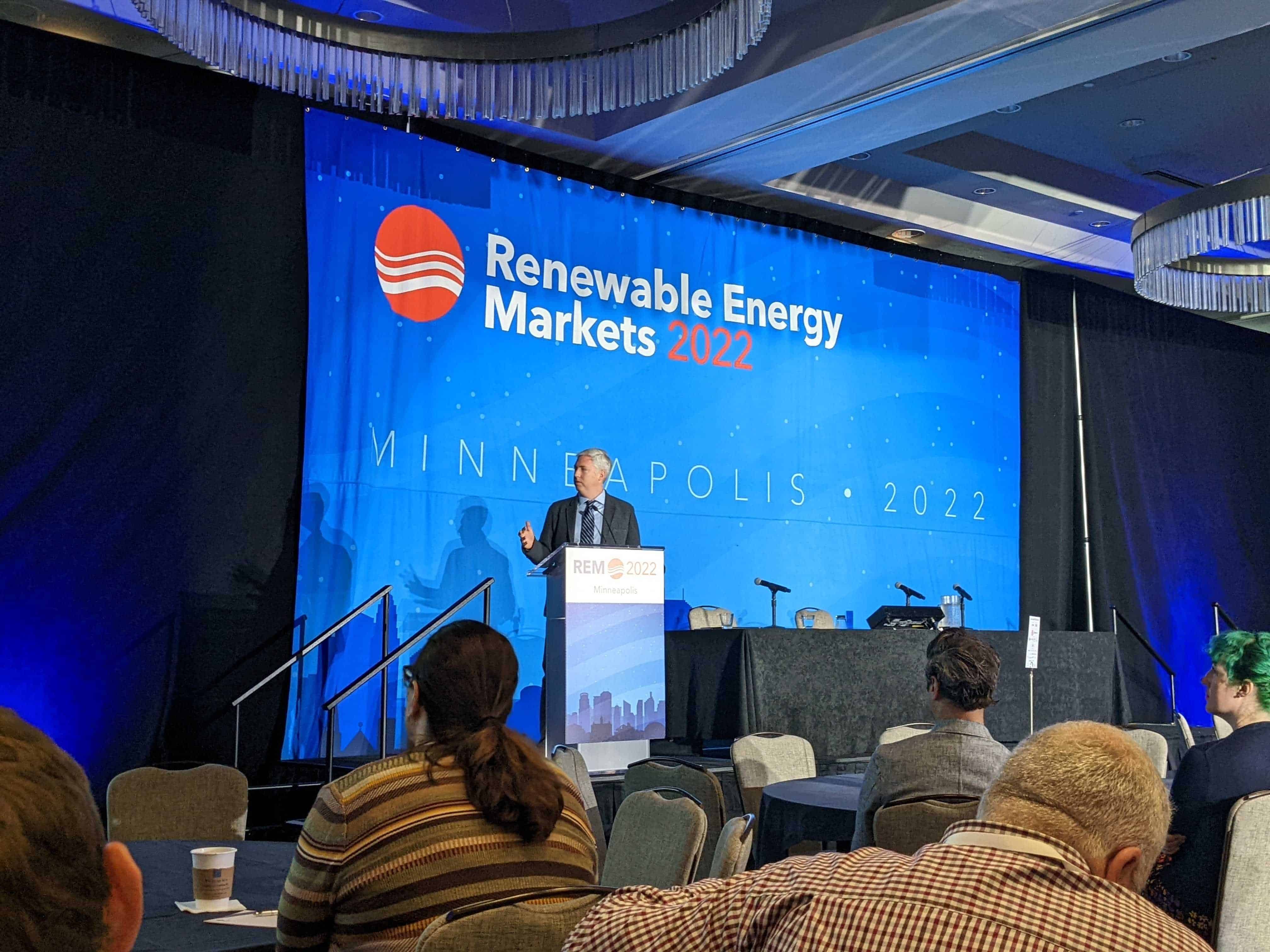
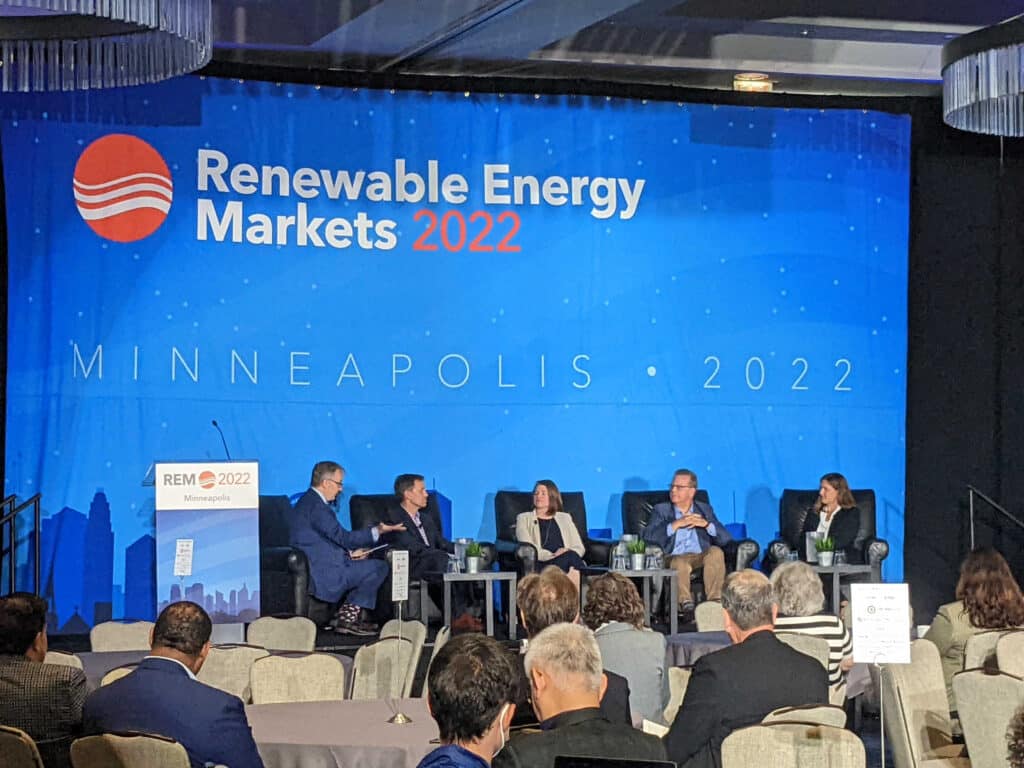


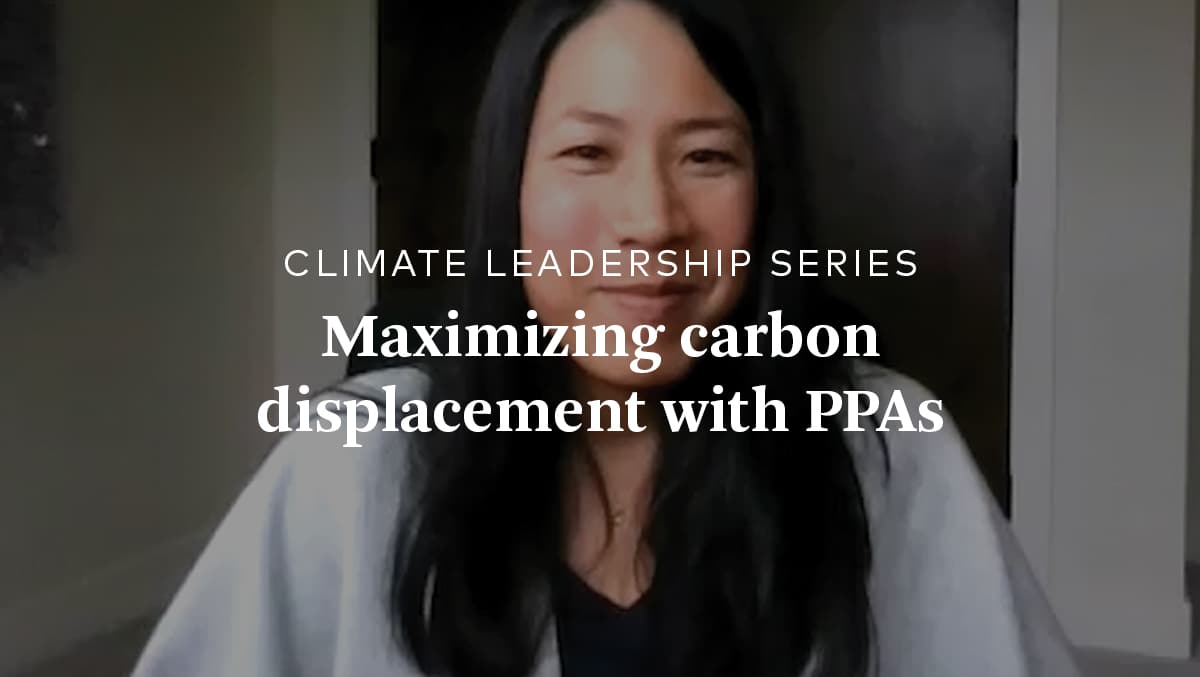

Recent Comments